Russian America: Russian influence in Alaska is still felt
235 years ago, the colonization of Alaska by Russian colonists began. Throughout the entire period of the existence of Russian America, its development was carried out by the efforts of a private company.
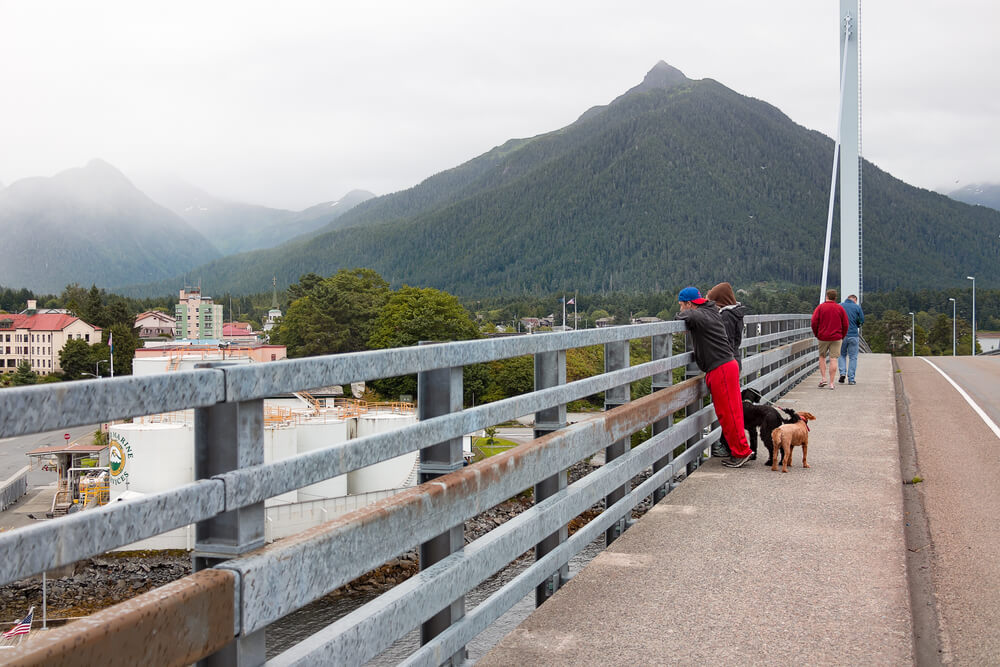
Фото: Depositphotos
22 of September 1784 of the year on the island of Kodiak, the merchant Grigory Shelikhov founded the first permanent settlement, which marked the beginning of the history of Russian America. Alaska remained a Russian colony for almost a century, and this influence is still felt there.

Фото: Depositphotos
How Russia mastered Alaska
Colonists for work and life in new territories were recruited by the Russian-American Company (RAC), which was engaged in the development of this distant land. For life in difficult climatic conditions, they tried to select people who are familiar with the harsh climate. Mostly Siberians. Finns also occasionally met.
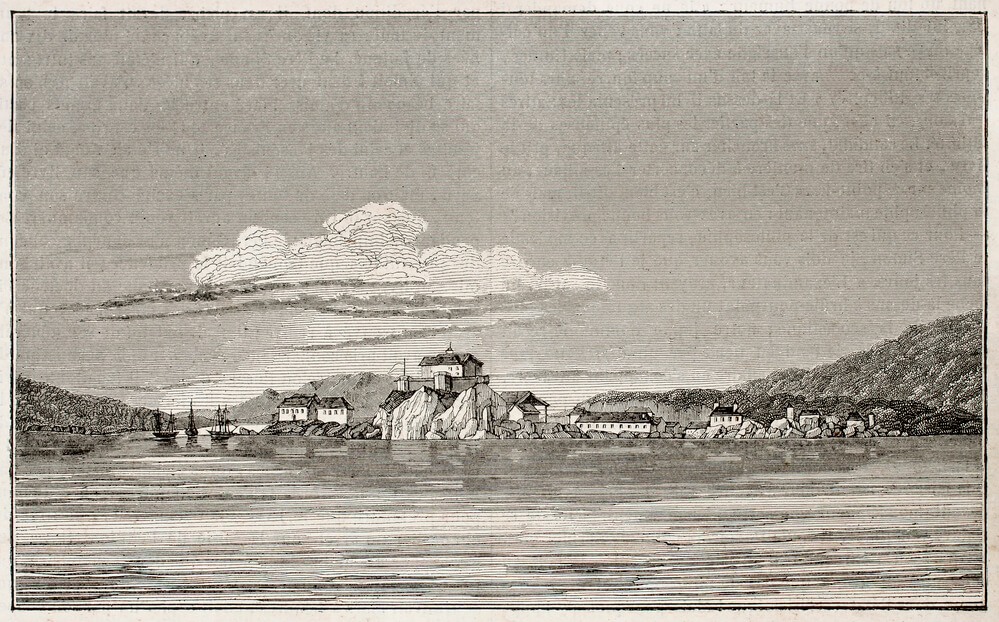
Фото: Depositphotos
The colonist’s contract with the cancer was for seven years. All this time, the colonist was obliged to live in one of the settlements of Russian America. At will, he could extend the contract for another seven years - and so on ad infinitum. Colonists, who, due to their age, could no longer engage in fishing, often remained in Alaska and received pension and land from the RAC.
On the subject: Our in the USA: how Russian lives in Alaska
The bulk of the population were local Indians. Later, a second notable group appeared - the Creoles. These were descendants from mixed marriages of Russian men and Indian women, who were approved and even promoted by the leadership of the RAC. It was a very common practice to accept into the families of the children of the most valuable trading partners from among the Aleuts. As a rule, the colonists became the godfathers of these children. This practice was banned in the mid-19th century. Aleutian children, even orphans, were forbidden to be raised by Russians or Creoles. They were transferred to the “more reliable” Aleuts.

Фото: Depositphotos
Creoles and some Indians received Russian education and studied at local specially organized educational institutions. Studying in schools and colleges was free (at the expense of the company), but graduates were required to work for several years in the RAC. The most talented students were sometimes sent to Russia for further education.
Russian colonists constituted a minority of the population. Depending on the size of the settlement, their number could start from several dozen people and end with several hundred. As a rule, the colonists occupied certain administrative posts in the settlements or were the owners of the most important professions: blacksmiths, doctors, carpenters, heads of canoeing fishing parties (flotillas) ...
Colonists and Creoles lived in log houses typical of Russia. Aleuts, as a rule, lived in their traditional dwellings - barrabs. Since the 40 of the 19th century, attempts have been made to reform the life of local residents scattered throughout the island. They began to settle in a kind of industrial cooperatives, creating something like small villages.
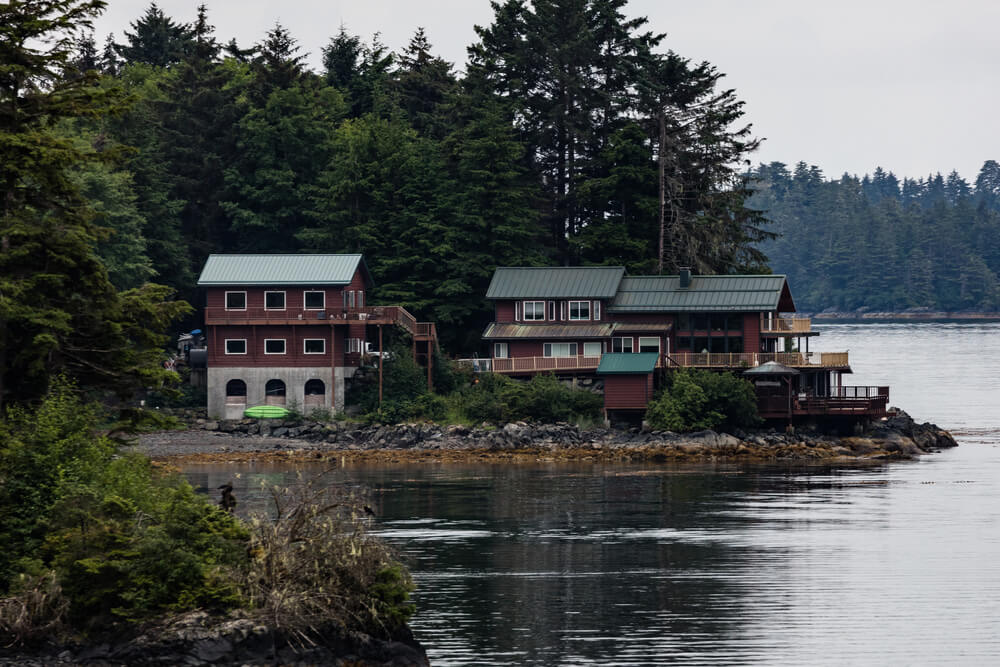
Фото: Depositphotos
Friends and Enemies
Aleuts became the most important ally of Russian colonists in Alaska. At first, they had a pragmatic approach. They were used as hunters for sea otters, with the profit they sold them certain goods. Later, as the colonies strengthened, the number of interethnic marriages began to grow. At the end of the 18th century, a delegation of clergy came to Alaska, after which churches began to open in the settlements, and the spread of Orthodoxy among local residents began. Parish schools for local children functioned under the churches. In the middle of the XIX century, a theological seminary opened in Novoarkhangelsk, which became a kind of enlightenment center for Russian America.
In this educational institution, Creoles studied not only the basics of Orthodoxy, but also the Russian language, the languages of other local tribes, and acquired medical skills. The Aleuts enjoyed the same rights as the category of “sedentary foreigners” in the Russian Empire. At first, baptized Aleuts took Russian names and surnames (usually given by their godfather). Later they received only a Christian name, and their surname became their former Indian name.
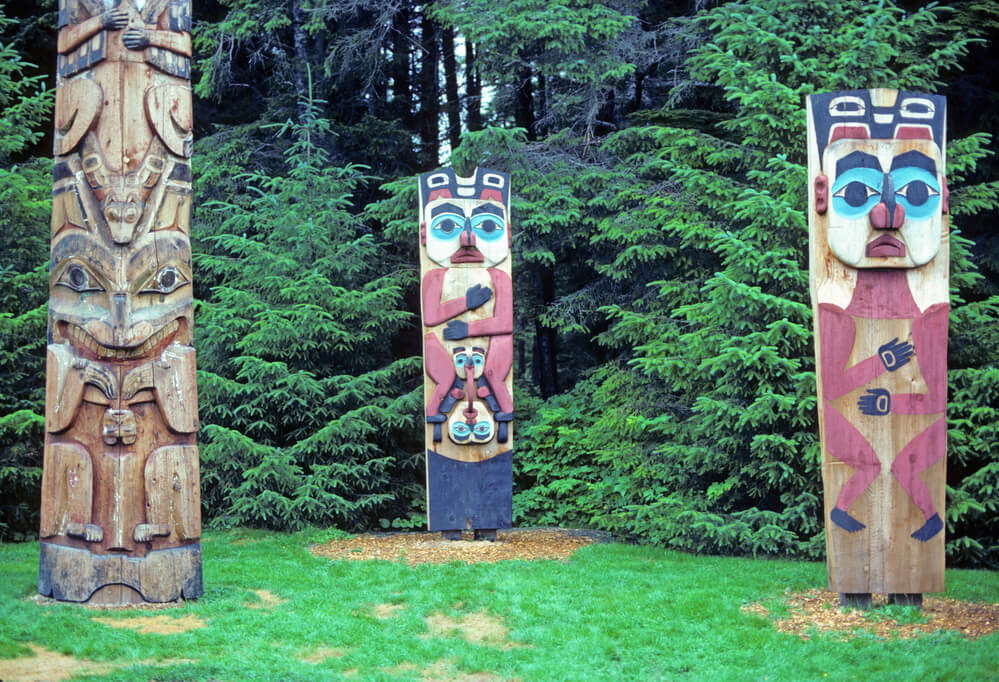
Фото: Depositphotos
However, relations with some Indian peoples were not so rosy. The most hostile relations were between the colonists and the warlike Tlingits. In the first years of colonization, they repeatedly attacked settlements and, taking advantage of their significant numerical superiority, exterminated their inhabitants - both colonists and Aleuts. Captain Yuri Lisyansky took part in one of these battles, together with Kruzenshtern he made the first Russian trip around the world in history. Lisyansky's sloop "Neva" provided naval support to the colonists in the battle for Novoarkhangelsk.
After one of the clashes, the Tlingits made significant sacrifices, they calmed down somewhat, switching to intra-tribal feuds. Nevertheless, relations between the colonists and the Tlingit remained tense until the sale of Alaska.
Management
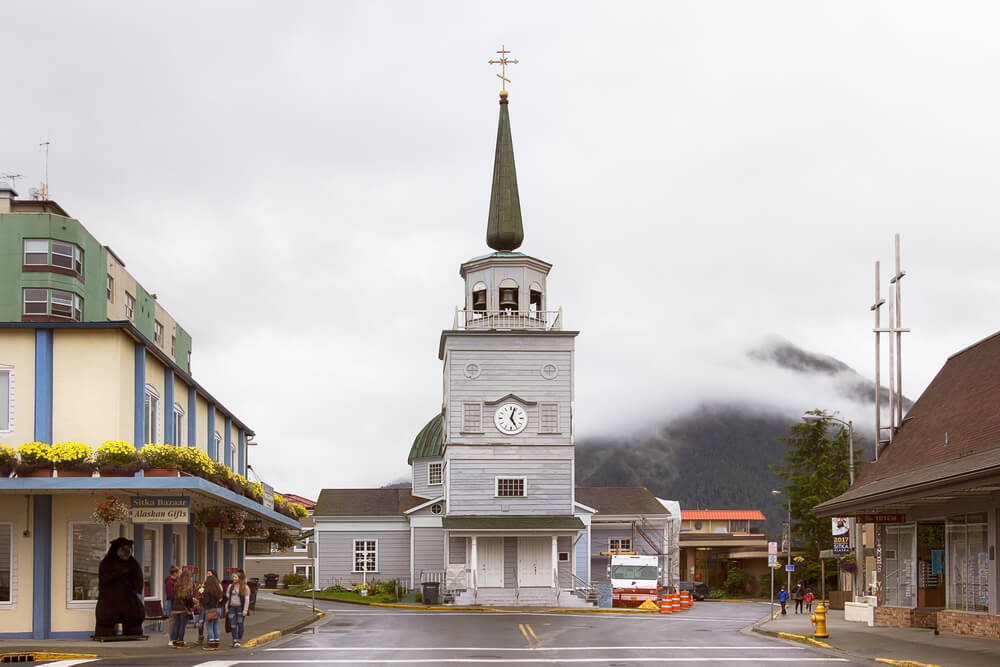
Фото: Depositphotos
In the first few years of colonization, when the settlements were still quite small, the colony leadership was in the Far East, in the city of Okhotsk. It was later transferred to Kodiak. Finally, from 1808 of the year until the very sale of the colony, the capital of Russian America was Novoarkhangelsk, later renamed by the Americans to Sitka. The city had schools and colleges (including for girls who were taught home economics), a large cathedral, a theological seminary, and a naval base.
At the head of Russian America was the head of the RAC. The main inspirer of the colonization, Alexander Baranov, remained the head of the colony for almost 30 years. After his death, the position became replaceable. The head of the company was elected by shareholders for a term of five years. Mostly from among naval officers.
All territories were divided into six departments. Each of them was headed by an office that was responsible for all matters in its district. Russian America had an area of about one and a half million square kilometers. By the time of the sale of Alaska, about 600 Russian colonists who had a contract with the RAC, two thousand Creoles and several thousand Indians lived on its territory. At the peak of colonization, the number of Russians living in Alaska was several times higher.
Communication between the colonists and the Indians was carried out through Toyons - Native American leaders. Loyal toyons received cash support from the RAC. It was approved by special rules for toyons and amounted to 250 rubles per year. Toyon was chosen by the territorial office from among the most loyal and smart Indians and was obliged to monitor the life of his community, right up to the control of regular visits to the bathhouse and cleanliness in the barracks.
Colonial money

Фото: Depositphotos
On the territory of the colonies there was a special currency - the RAC stamp. Money was printed on sealskin parchment and was used to pay local hunters. Not only the colonists, but also the Aleuts were engaged in fur fishing. Subsequently, they handed over the obtained skins to the RAC and received “leather” rubles for them.
This money could be spent only in local shops and stores. Foreign merchants, sometimes sailing to Alaska, did not accept this currency.
Supply
Supplying the colony with food was one of the main difficulties throughout the entire period of the existence of Russian America. The Northern Sea Route had not yet been opened in the 19th century, so delivery from Russia was made by land or sea, but along an inconvenient route - across the Indian Ocean. However, the journey by land was not short. For example, the journey from St. Petersburg to the eastern borders of the empire took at least nine months.
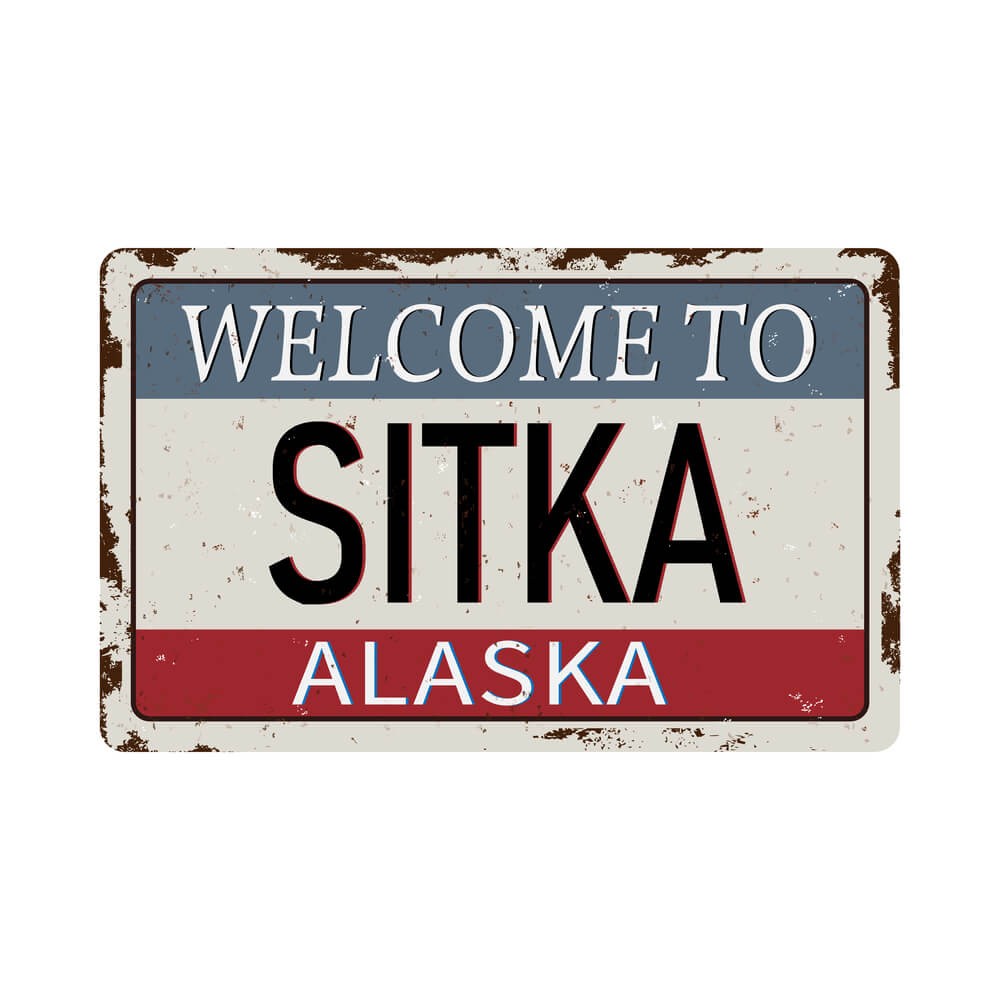
Фото: Depositphotos
Due to the climate, the colony could not be self-sufficient. Part of the food, if necessary, was purchased from American merchants, sometimes calling at ports. Another part was bought in Asian markets (mainly in China).
Heritage
Alaska was sold to the United States in 1867 by a decision of the Russian government. The activities of the RAC did not bring the previous profit, and the remoteness of the territory made it very vulnerable. In the event of a potential conflict, there was no way to protect her from the enemy. Therefore, it was decided to sell the territory and gain at least some funds for it.
After the sale of Alaska in 1867, most of the Russian colonists returned to their homeland. Some of the Creoles who served in the RAC also moved to Russia. The rest were gradually assimilated. Nevertheless, some Russian traditions have long been rooted in Alaska. Even during the Second World War, 70 years after the sale of Alaska, among some Aboriginal tribes women wore a headscarf in the Russian style, tea from saucers and even dancing to the accordion.
The period of Russian colonization had the greatest influence on the Aleuts, who were the main allies of the colonists. In their language, many borrowings from Russian are still preserved.
As Americans settled Alaska, the Russian language and old traditions were forgotten. The main legacy of the period of Russian America was religion. Currently, the Indians make up about 15% of the population of Alaska. From 5 to 10% of the state’s population are Orthodox Christians, at least one out of every three inhabitants are of Indian origin.
Read also on ForumDaily:
10 Best States to Live in USA: Popular Destinations Among Immigrants
Incredible city in the USA, where the entire population lives in one house
How is life in the USA: the view of an immigrant
10 US cities with highest food prices
Subscribe to ForumDaily on Google NewsDo you want more important and interesting news about life in the USA and immigration to America? — support us donate! Also subscribe to our page Facebook. Select the “Priority in display” option and read us first. Also, don't forget to subscribe to our РєР ° РЅР ° Р »РІ Telegram and Instagram- there is a lot of interesting things there. And join thousands of readers ForumDaily New York — there you will find a lot of interesting and positive information about life in the metropolis.











